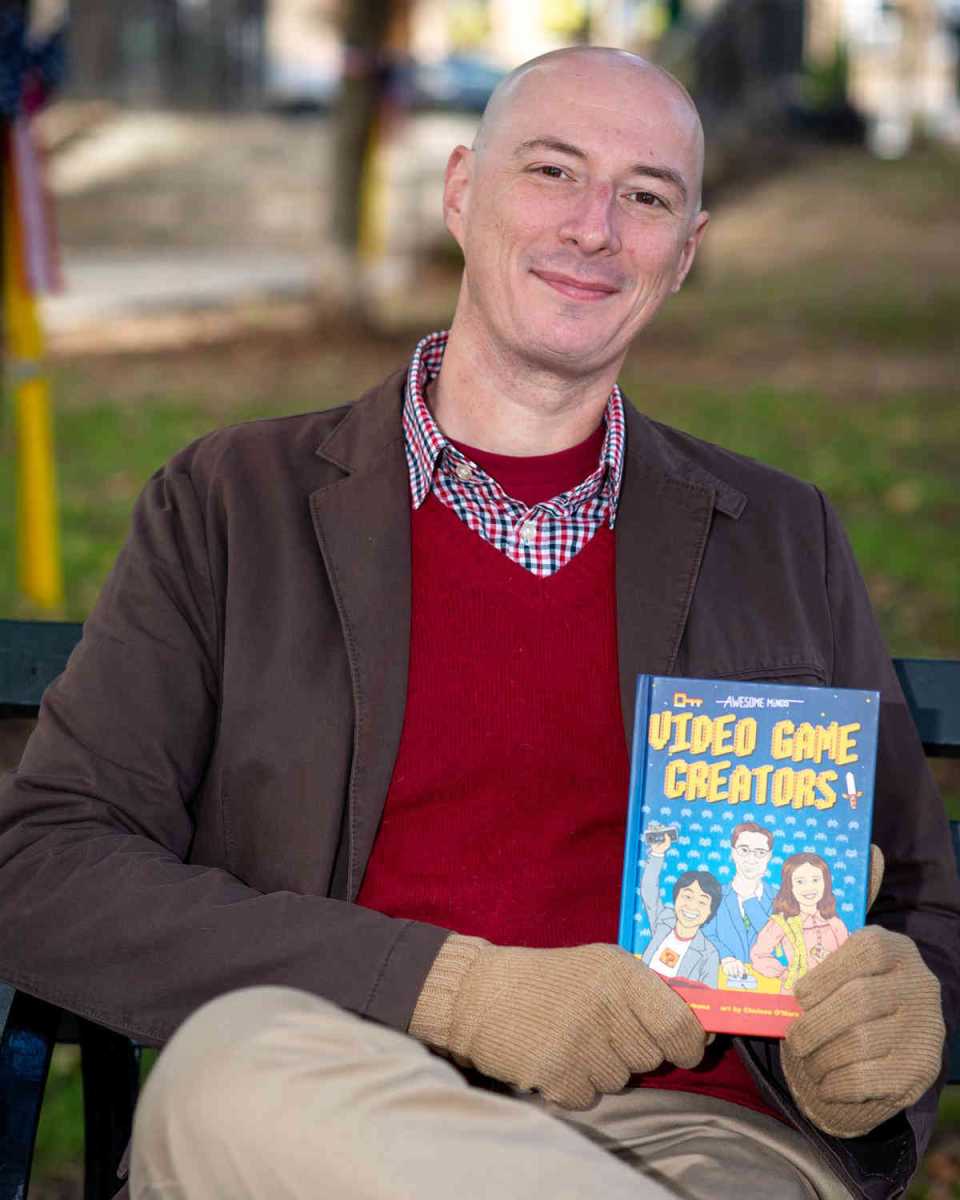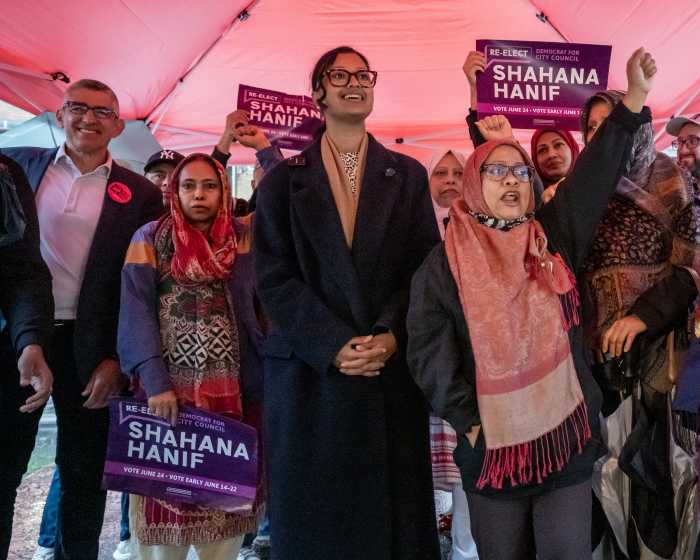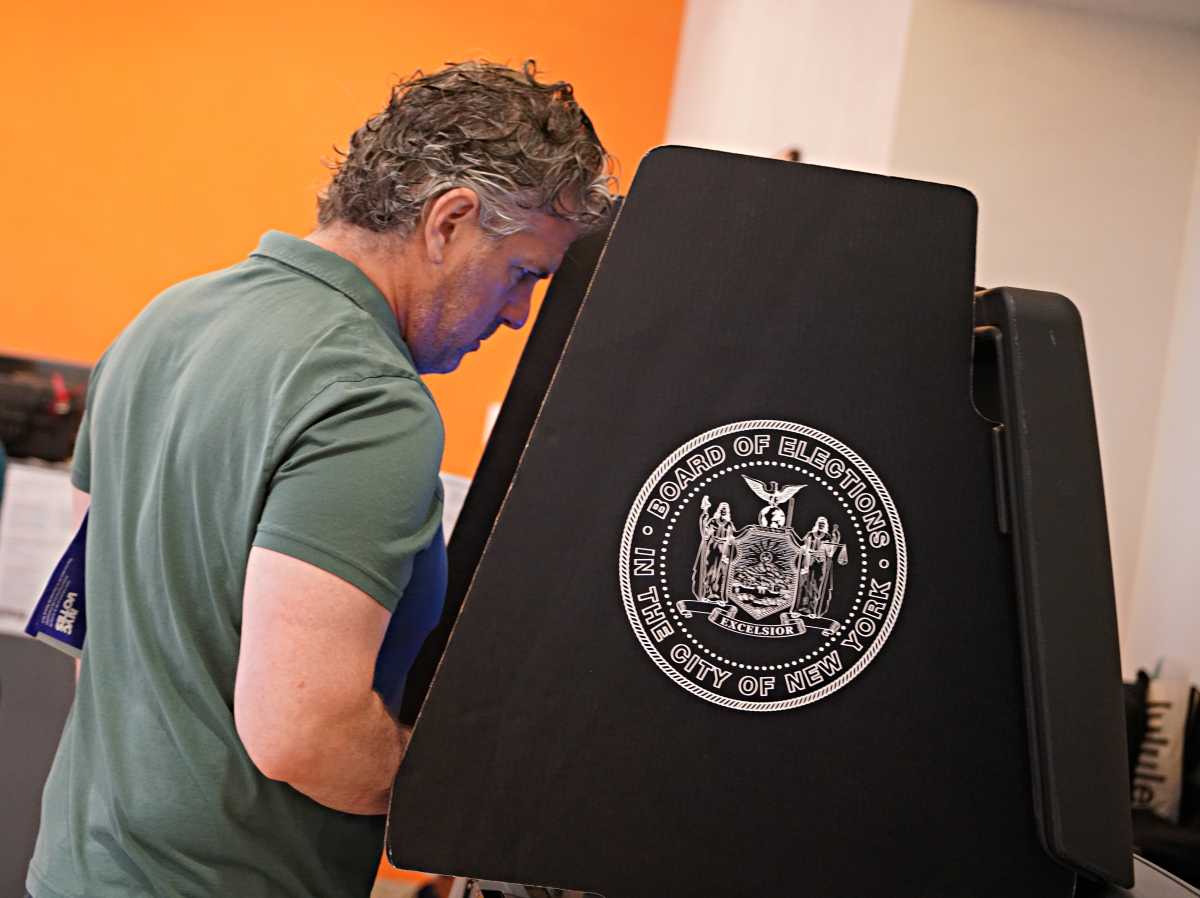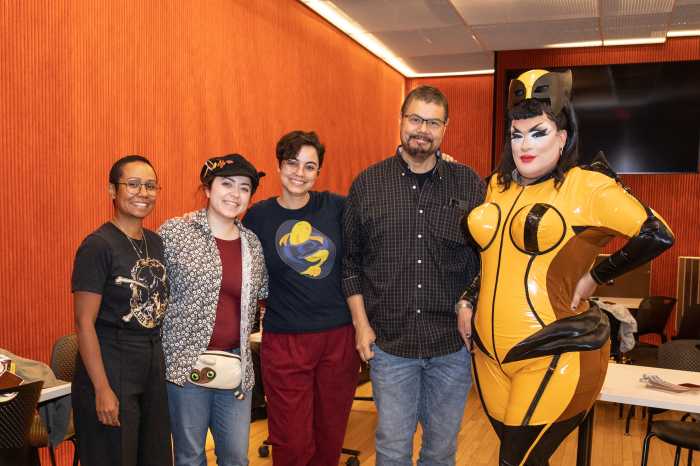Talk about violent video games!
A Kensington comic-book editor launched his first prose book this month, tracing the history of video games from the inaugural computer-generated diversions of the 1950s right up to the cutting-edge consoles of today. “Awesome Minds: Video Game Creators” is intended for a middle-school-aged audience, but the author claims grown-ups will learn plenty from his illustrated history, especially about one very adult topic — the military–industrial complex!
“Every adult who’s read it has told me they find it very interesting, especially all these weird military anecdotes,” said Alejandro Arbona. “The history of video games is shockingly close to the military-industrial complex.”
As it turns out, many of the earliest video games were developed on giant, refrigerator-sized computers that only government contractors could afford, including “Tennis for Two,” a 1958 precursor to “Pong” developed by physicist William Higinbotham, whose other credits include the decidedly less whimsical ignition mechanism for Fat Man and Little Boy, the nuclear weapons he helped develop as head of the electronics division for the Manhattan Project!
The two industries have crossed paths numerous times since then, including during the launch of the Playstation 2 in 2000, when the Japanese Ministry of International Trade placed restrictions on the gaming machine over fears that third-world dictators would retrofit the console’s powerful graphics processor for use in missile guidance systems, said Arbona.
“For rogue states like North Korea and Iraq, missiles with intercontinental range are fairly easy to come by, and nuclear material is fairly easy to come by, but the thing that was out of their reach is a sophisticated guidance system,” he said.
Fortunately, Sony’s sophomore gaming console did not fuel a new age of nuclear warfare, but governments across the world have for decades used video games for training purposes, including the classic ’80s tank simulator “Battlezone,” and Activision’s juggernaut first-person shooter franchise “Call of Duty,” according to the author.
“That close relationship between video games and the military never went away,” said Arbona.
Arbona’s history of the seemingly frivolous gaming industry is not all bombs and bullets; it features 150 pages of tales, including the rise and fall of Atari and the events that spawned modern consoles. The Kensington author hopes his book promotes a positive, productive message for kids.
“The whole book is tailored to encourage kids to look at video games as something they can create as well,” Arbona explained.
“Awesome Minds: Video Game Creators” is available in store now. $14.95.

























